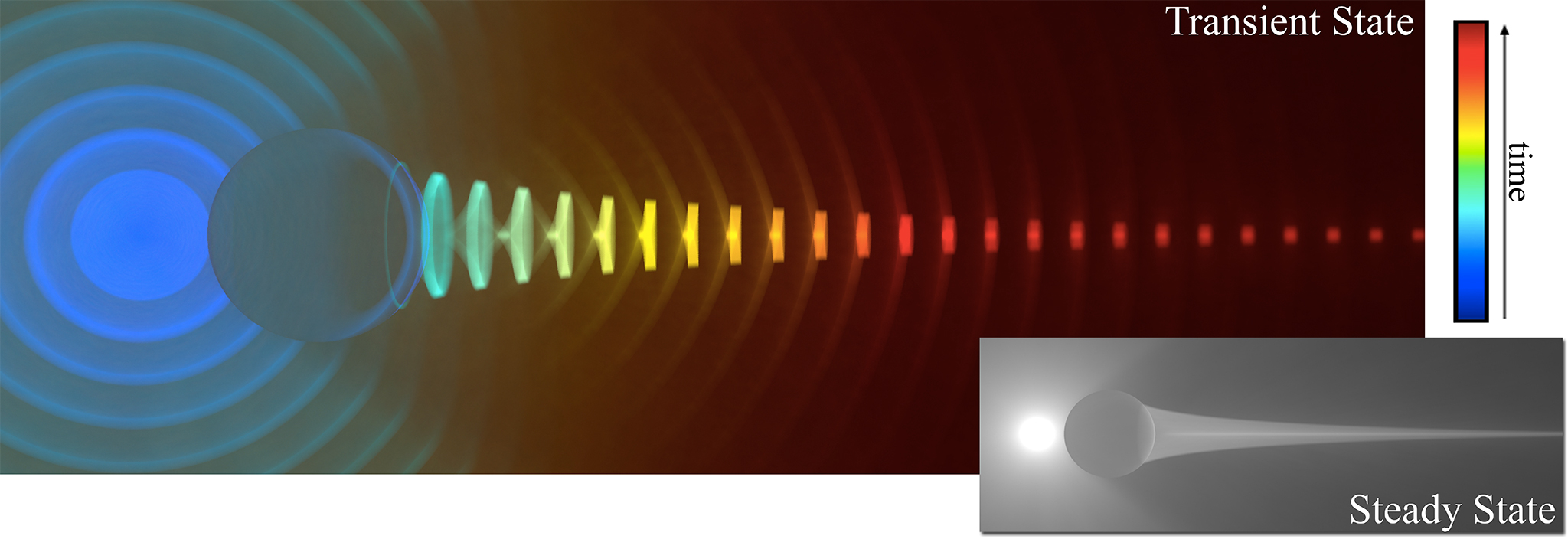Theory and Analysis of Transient Rendering
We propose a novel density estimation technique that allows reusing sampled paths to reconstruct time-resolved radiance, and devise new sampling strategies that take into account the distribution of radiance along time in participating media.
July 27, 2014
ACM SIGGRAPH 2014
Authors
Adrian Jarabo (Universidad de Zaragoza)
Julio Marco (Universidad de Zaragoza)
Adolfo Munoz (Universidad de Zaragoza)
Raul Buisan (Universidad de Zaragoza)
Wojciech Jarosz (Disney Research)
Diego Gutierrez (Universidad de Zaragoza)
Theory and Analysis of Transient Rendering
Recent advances in ultra-fast imaging have triggered many promising applications in graphics and vision, such as capturing transparent objects, estimating hidden geometry and materials, or visualizing light in motion. There is, however, very little work regarding the effective simulation and analysis of transient light transport, where the speed of light can no longer be considered infinite. We first introduce the transient path integral framework, formally describing light transport in transient state. We then analyze the difficulties arising when considering the light’s time-of-flight in the simulation (rendering) of images and videos. We propose a novel density estimation technique that allows reusing sampled paths to reconstruct time-resolved radiance, and devise new sampling strategies that take into account the distribution of radiance along time in participating media. We then efficiently simulate time-resolved phenomena (such as caustic propagation, fluorescence or temporal chromatic dispersion), which can help design future ultra-fast imaging devices using an analysis-by-synthesis approach, as well as to achieve a better understanding of the nature of light transport.

